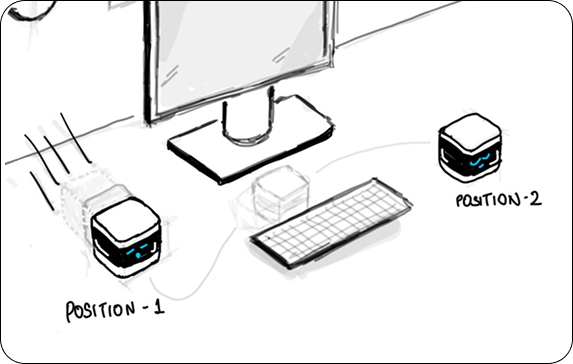An everyday companion that helps you to be more mindful in your work-time snacking by subtly breaking your (mindless) snacking flow.
A



Project Overview
Roles: UX Generalist
Duration: 4 weeks
Team: 5 grad students
Methods: 1-1 interviews, literature research, iterative sketching, affinity mapping, user journey mapping,
Wizard of Oz usability testing, whiteboarding
Tools: Figma, Adobe Photoshop, paper & pen
Roles: UX Generalist
Duration: 4 weeks
Team: 5 grad students
Methods: 1-1 interviews, literature research, iterative sketching, affinity mapping, user journey mapping,
Wizard of Oz usability testing, whiteboarding
Tools: Figma, Adobe Photoshop, paper & pen
















